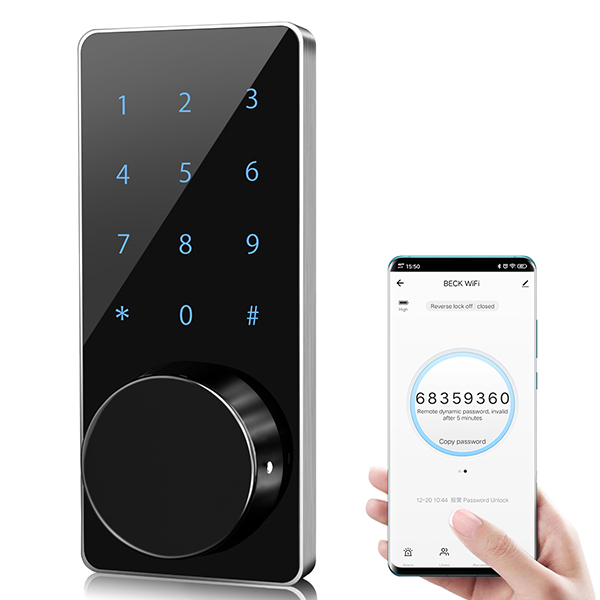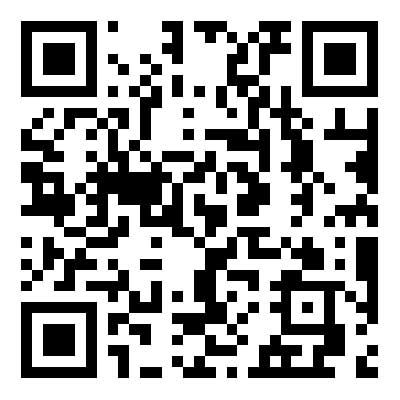Ensuring Access: Manual Operation of WiFi App Control Bluetooth Cabinet Locks in Connectivity Issues or Emergencies
2024-04-03
In today's digitally connected world, WiFi app-controlled Bluetooth cabinet locks have become a popular choice for enhancing security and convenience in homes and offices. These smart locks offer remote access and control via smartphone apps, providing users with unparalleled convenience. However, what happens in situations where connectivity issues arise or during emergencies? Can WiFi app control Bluetooth cabinet locks be operated manually? Let's explore this important aspect of smart lock functionality in more detail.
1. Manual Override Mechanism:
- While WiFi app-controlled Bluetooth cabinet locks primarily rely on digital connectivity for operation, many models are equipped with manual override mechanisms to ensure access in the event of connectivity issues or emergencies. These manual override mechanisms provide a backup method for unlocking the cabinet without relying on digital connectivity.
2. Keyed Entry Option:
- Some WiFi app-controlled Bluetooth cabinet locks feature a keyed entry option, allowing users to unlock the cabinet using a traditional physical key. This key-operated mechanism provides a reliable backup solution in situations where digital connectivity is unavailable or compromised. Users can simply insert the key into the lock and turn it to unlock the cabinet, bypassing the need for digital access.
3. Keyless Entry Codes:
- In addition to keyed entry options, some WiFi app-controlled Bluetooth cabinet locks may also support keyless entry codes or PINs. These codes can be programmed directly into the lock's keypad or touchscreen, allowing users to unlock the cabinet without the need for a smartphone or digital connectivity. Keyless entry codes provide an alternative method of access in situations where connectivity issues prevent remote operation.
4. Physical Lock Mechanism:
- WiFi app-controlled Bluetooth cabinet locks typically feature a physical lock mechanism that can be manually operated using a key or keyless entry code. This mechanical lock mechanism is independent of digital connectivity and ensures that users can still unlock the cabinet even if the smart lock's digital features are temporarily unavailable.
5. Emergency Access Procedures:
- Manufacturers of WiFi app-controlled Bluetooth cabinet locks often provide detailed instructions and procedures for accessing the lock manually in emergency situations. These procedures may include steps for using the keyed entry option, entering a master override code, or accessing a hidden manual release mechanism. Users should familiarize themselves with these emergency access procedures to ensure they can unlock the cabinet quickly and efficiently when needed.
6. User Safety Considerations:
- While manual override mechanisms provide a valuable backup solution for accessing WiFi app-controlled Bluetooth cabinet locks, it's essential to prioritize user safety and security. Manufacturers should design manual override mechanisms with robust security features to prevent unauthorized access, such as requiring physical keys or entry codes for manual operation.
7. Regular Maintenance and Testing:
- To ensure the reliability and effectiveness of manual override mechanisms, users should perform regular maintenance and testing of their WiFi app-controlled Bluetooth cabinet locks. This includes periodically testing the manual override functionality, checking the condition of physical keys or entry codes, and verifying that emergency access procedures are up-to-date and accessible.
In conclusion, WiFi app-controlled Bluetooth cabinet locks can typically be operated manually in case of connectivity issues or emergencies through manual override mechanisms such as keyed entry options, keyless entry codes, or physical lock mechanisms. These backup solutions ensure that users can still access their cabinets even when digital connectivity is unavailable, providing peace of mind and security in any situation. By familiarizing themselves with emergency access procedures and performing regular maintenance and testing, users can ensure the reliability and effectiveness of manual operation for their smart locks.



